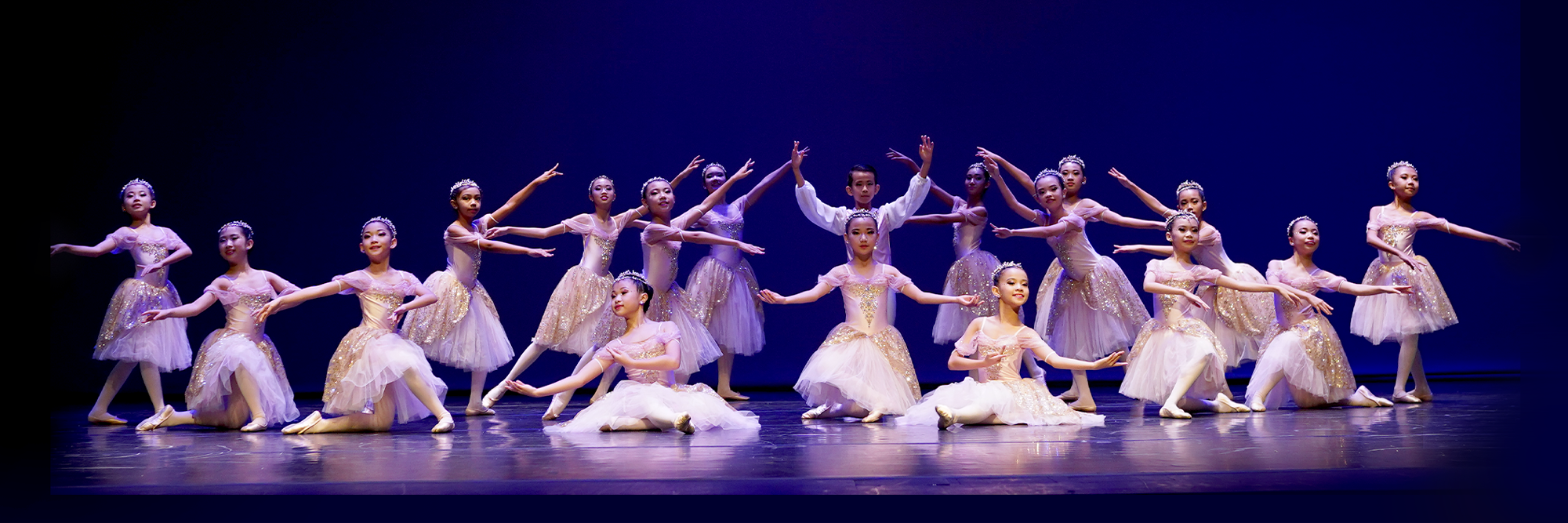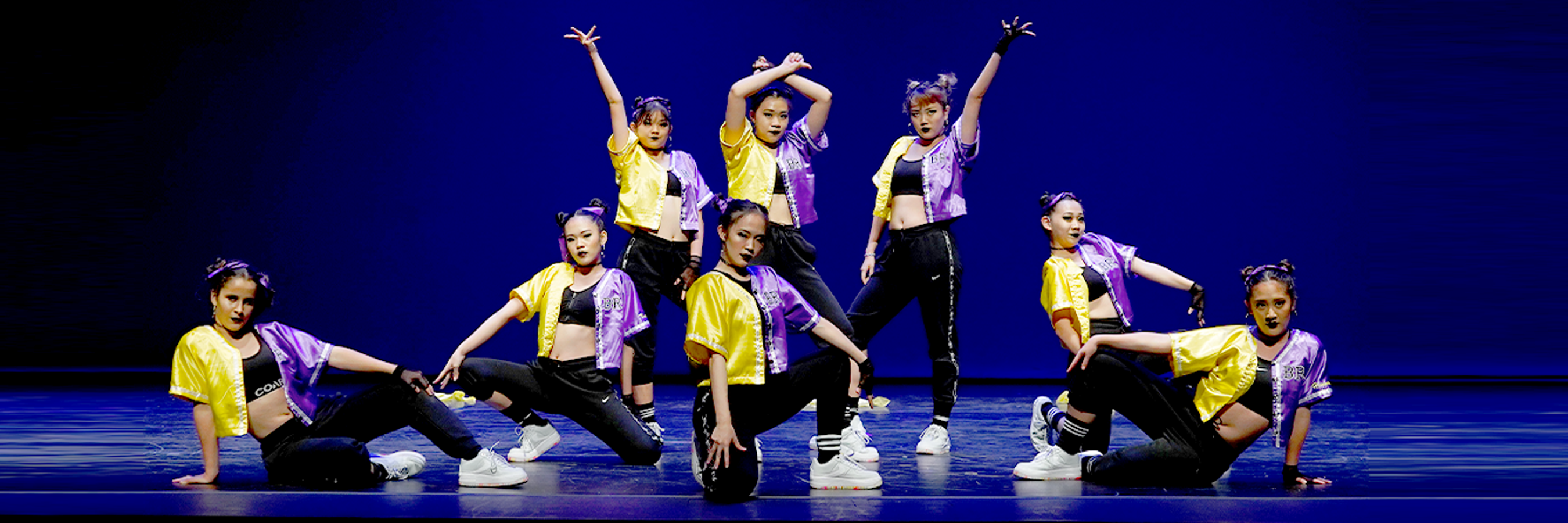Fundamental Ballet Terms Every Ballet Aspirant Should Learn
Ever wondered what those French ballet terms you frequently heard in your Ballet class actually mean? Well, you are not alone. If you’ve ever been to a Singapore ballet academy, chances are you’ve heard all of them and have been curious enough to know what they actually mean.
Ballet as you know is a dance form that was performed for the aristocrats in France at the height of the renaissance era.
So what might float around as simple movement labels to many, are actually verbs in French that denote several key actions taken while performing ballet. In this article, we will look into some of these fundamental ballet terms, and make you privy to their accurate meanings in the process.
Fundamental Ballet Terms
Adagio
Adagio refers to a series of fluid and focused exercises that require dancers to move slowly and gracefully. Adagio does translate to ‘slow tempo’, and defines a tempo that demands deliberately mellow movements from ballet dancers.
Allegro
Allegro is quite the opposite of Adagio, and roughly translates to ‘Brisk Tempo’. It refers to a series of exercises that demand fast and excited movement from ballet dancers.
Arabesque
Arabesque refers to a pose in ballet where a dancer is required to stand straight or in a semi plié position on one leg while stretching out the other leg behind at a right angle. The shoulders are supposed to be square with arms held in such a way, they form a considerably long line from fingers to toe.
Battement Degage
Battement Degage roughly translates to disengaged battlement and refers to a brisk back and forth movement of the toes with the non-supporting leg while the toes are hovering just enough off the ground.
Brise
Translating to ‘Broken’, Brise refers to a step where the legs move right one after the other. The movement is simultaneous rather than concurrent. Brise is often paired with ‘brise vole’ to complete the form.
Cabriole
Translating to ‘Caper’, Cabriole refers to the jump that dancers execute in which they extend their legs outwards from the body, and hit their calves together before landing on the floor.
Chaines
Chaines is a very popular ballet movement wherein the dancer turns with support from both his feet while bringing both feet up and down in quick succession. This gives the impression of quick movement to the watching audience.
Chasse
Chasse roughly translate ‘To Chase’ and refers to a three step pattern wherein the dancers glides their feet together step-by-step.
Derriere
Derriere means ‘Back’ or more typically ‘Behind’. It usually refers to a pose or movement which signals backward movement.
Ecarte
Ecarte translates to ‘Seperated’ and refers to a position wherein the dancer faces one of the two corners in a room. The leg close to the audience is lifted in the second position in the air with the arms being raised in the same way as the leg; the dancer looks up towards the palm of the hand while the other arm remains frozen in a demi-seconde position.
Pirouette
Pirouette refers to a complete turn of the body with just one foot. The body remains focused entirely on the supporting leg, the arms push forward for the turn, but remain still while turning. The eyes appear aloof while the head turns.
Tendu
Basically translating to ‘Stretch’, Tendu refers to the position which requires dancers to slide one foot across the floor while keeping their toes fixated on the floor. Both legs should remain straight as one leg extends and returns back to its original position.
The Bottom Line
These are just some of the many fundamental Ballet terms you will hear in a ballet class. There are many more terms you will become privy of, as your lessons progress. The above poses and movements are crucial staples of any Singapore ballet academy you may decide to enroll in. Knowing some of them in advance will not only help you better prepare for your imminent sessions but also arm you with the knowledge required to learn ballet in a competent manner.






